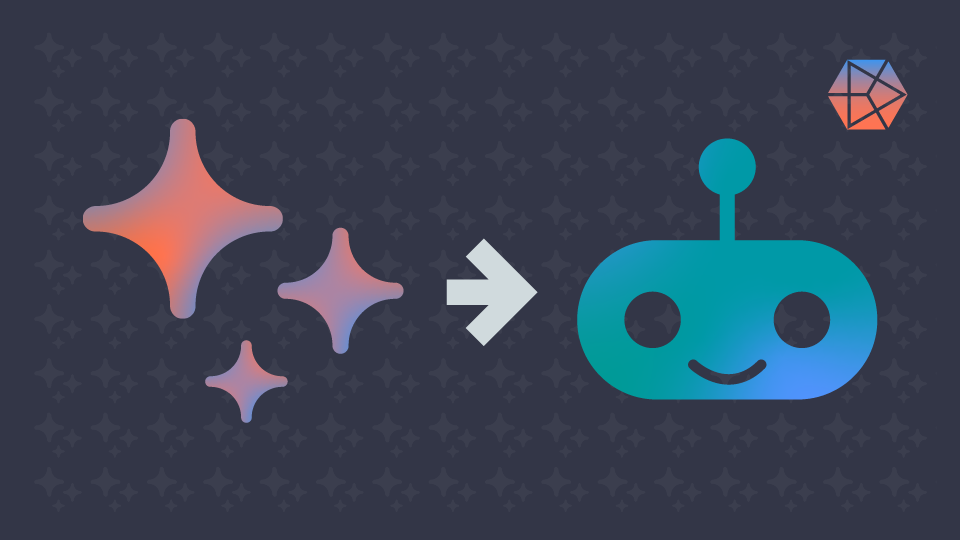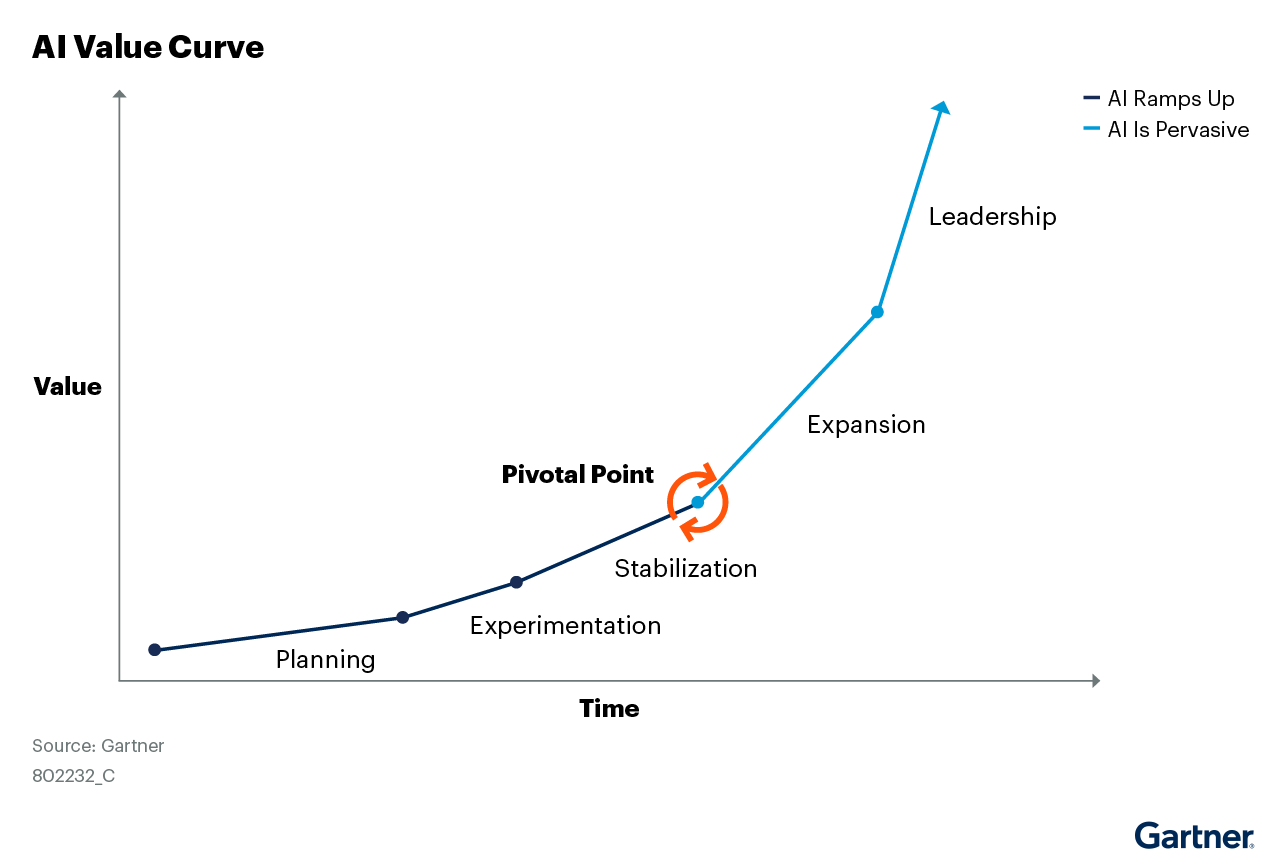
Congratulations! You have a working Generative AI proof of concept. Where do you go from here?
Many companies have jumped headfirst into creating their first Generative AI proof of concepts and prototypes in the past year. Unfortunately, while 34% of enterprises are working on an initial proof of concept, only 14% are in development. Their proof of concept implementation may demonstrate potential and validate the initial idea, but the path forward is unclear. Taking a POC and integrating it into key business processes requires careful planning, robust design, and strategic scaling.
We'll examine the essential stages and considerations for successfully transitioning GenAI from experimental to operational. Intelligently approaching emerging tech opportunities requires taking a step back and ensuring the POC is built on a solid business case that aligns with your company’s overarching goals.
Foundational Planning
Ideally, a Generative AI implementation project should aim to impact at least 5-10% of the business, and many companies find that covering three to six related use cases is a helpful start to picking the 1-2 most feasible ones.
Before setting up a POC, an initial evaluation of prototype options should have been created, leaving an initial analysis of the use cases, the data required for these applications, and the feasibility of the technology within the current infrastructure that can serve as a reference once the initial prototype is created. Taking time to prioritize AI opportunities based on strategic alignment, stakeholder buy-in, AI maturity, data readiness, and developer resources will ensure that your successful POC represents an idea that you can take through production with your existing capabilities.
AI Development Services
Move from Experimentation to Stabilization
AI adoption doesn’t happen all at once. A thorough planning and experimentation progression is natural and necessary. According to Gartner, organizations take an average of 7.2 months to develop AI initiatives from prototype to production. This time to production increases the larger your company. Although, it doesn’t mean that results need to take a long time to manifest. If properly staged, initial proof of concept developments should generate a “proof of value.”
If this approach is followed, your proof of concept should have generated an initial set of results to support or disprove your hypotheses and provide a chance to course correct as you move towards maturity.
You should now have a better understanding of its strengths and weaknesses, which use cases it properly covered, and which ones it was poorly suited for. You may find you need to make revisions at this stage before you can consider your AI adoption stable.
The stabilization phase of AI adoption is reached when you have proven AI value to the organization and built the foundation needed to scale production. When moving from experimentation to stabilization, you're deepening your understanding of how the GenAI solution operates within a real-world environment. This involves ensuring that all necessary data is accessible and beginning to address broader data needs. Testing the initial architecture, models, and hypotheses is crucial to identify any potential issues early on. Achieving stability at a limited scale allows for the revision and refinement of success criteria based on initial outcomes and learnings.
Gartner finds that moving from experimentation to stabilization is the pivotal point at which AI becomes pervasive in the organization and begins to show true value.

Production and Expansion
Now you are ready to expand. Transitioning to production means preparing for significantly higher-scale operations. This includes scaling up the technology, establishing robust machine learning operations (ML Ops), and optimizing processes.
Key activities in this stage include:
- Technology Scaling: Ensuring the infrastructure can handle the increased load and complexity of production-level demands.
- ML Ops and Optimization: Implementing practices allowing efficient management and deployment of machine learning models, including continuous evaluation and improvement mechanisms.
- Active Learning: Integrating feedback loops that enable the system to learn and adapt from new data continuously, improving accuracy and relevance over time.
- Advanced Management: In production, managing multiple models, handling diverse prompts, and routing queries effectively become critical. Prompt and model management strategies must be developed to maintain consistency and efficiency. Large-scale data management also becomes a priority to ensure that data flows are seamless and secure.
Keep in Mind Cost-Effectiveness and Organizational Impact
As the GenAI system scales, maintaining cost-effectiveness is essential. This involves optimizing the technological aspects and re-engineering business processes to accommodate the new system. Changes in workflow impact the organization, necessitating effective communication strategies, comprehensive onboarding, and ongoing training programs to ensure smooth adoption.
Scaling a GenAI from a POC to a full production system is a multifaceted process that requires meticulous planning, extensive testing, and strategic implementation. By carefully navigating these stages, businesses can maximize the benefits of generative AI, transforming innovative concepts into integral parts of their operational framework. As this technology continues to evolve, staying agile and responsive to changes will be key to sustaining success in a competitive landscape.
If you’re ready to move from proof of concept to production, Gigster can help build a proper use case, create a low-cost MVP, and tailor-fit the correct language learning model to suit your needs. Share your AI proof of concept here.
